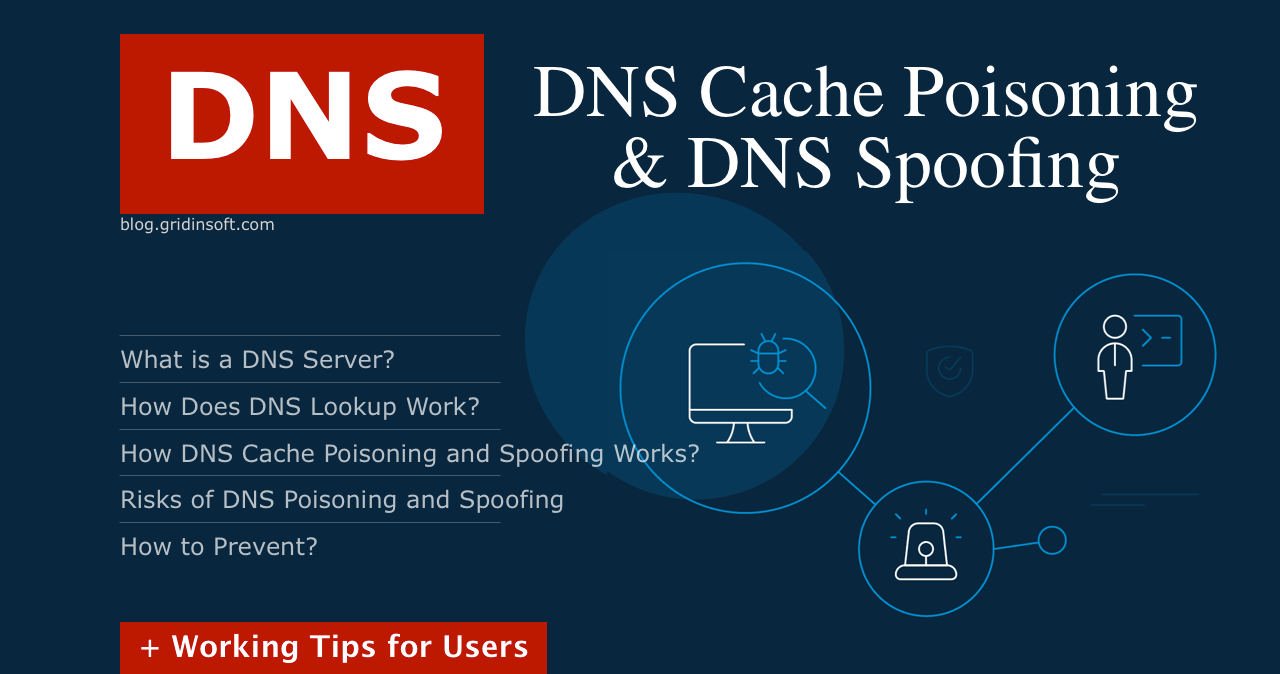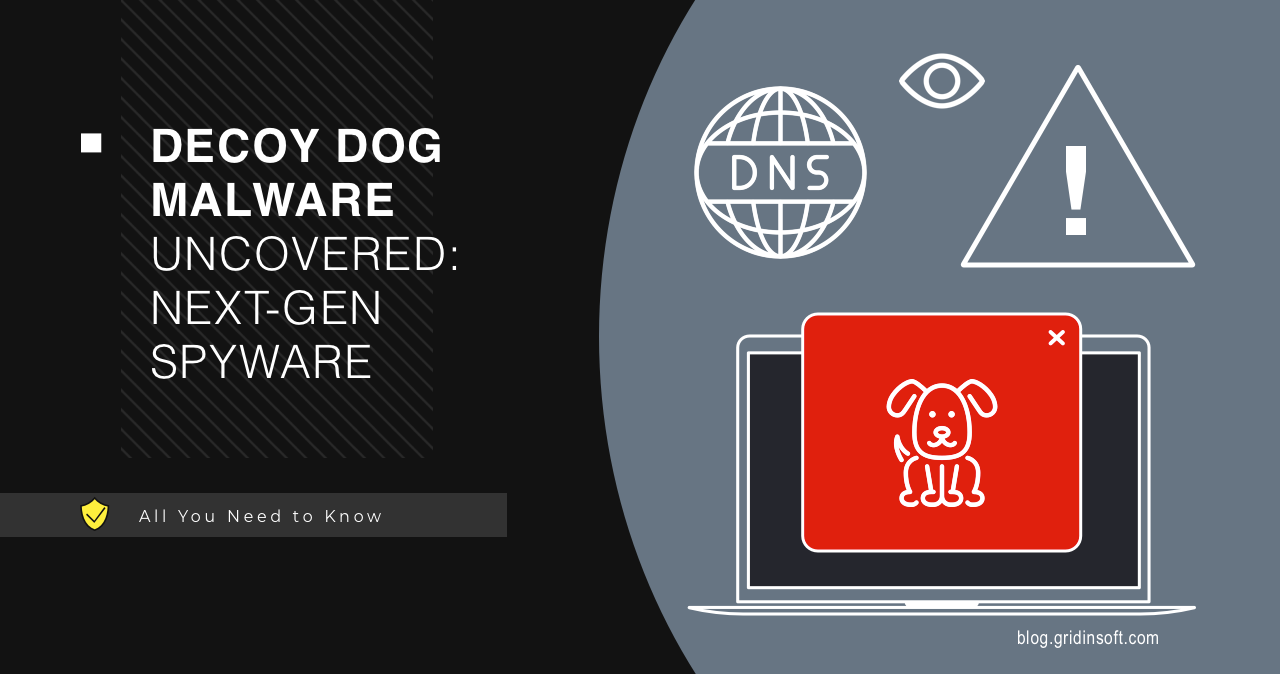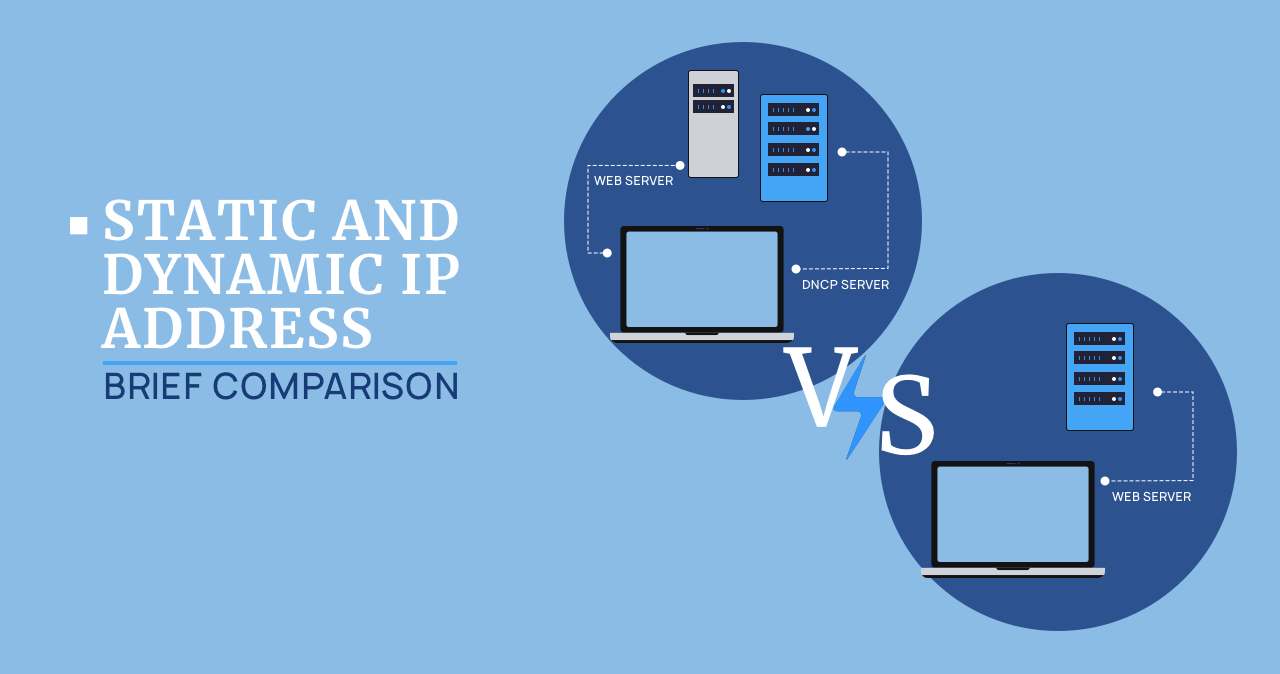DNS Spoofing vs DNS Hijacking
Domain Name Services (DNS) play a crucial role in our IP networks.…
DNS Cache Poisoning
DNS Cache Poisoning is a pretty old attack type in which a…
Decoy Dog Malware Uncovered: Next-Gen Spyware
A group of hackers, presumably state-sponsored, is actively developing and beginning to…
Static And Dynamic Ip Address: Brief Comparison
The Internet is built on IP addresses. They are divided into dynamic…
TOP DNS Attacks Types
What is a DNS (Domain Name Server) Attack? A DNS attack is…
DNS Spoofing: Key Facts, Meaning
What is DNS Spoofing? DNS (Domain name server) spoofing or DNS cache…
A DNS vulnerability in uClibc/uClibs-ng libraries jeopardizes IoT devices
A vulnerability has been discovered (CVE not yet issued) in uClibc and…
Avast experts accidentally got source code for GhostDNS exploit
Avast analysts suddenly got the source codes for the GhostDNS exploit. The…
Hackers spoof DNS settings to distribute fake coronavirus applications
Journalists from Bleeping Computer investigated that hackers are replacing DNS settings for…










